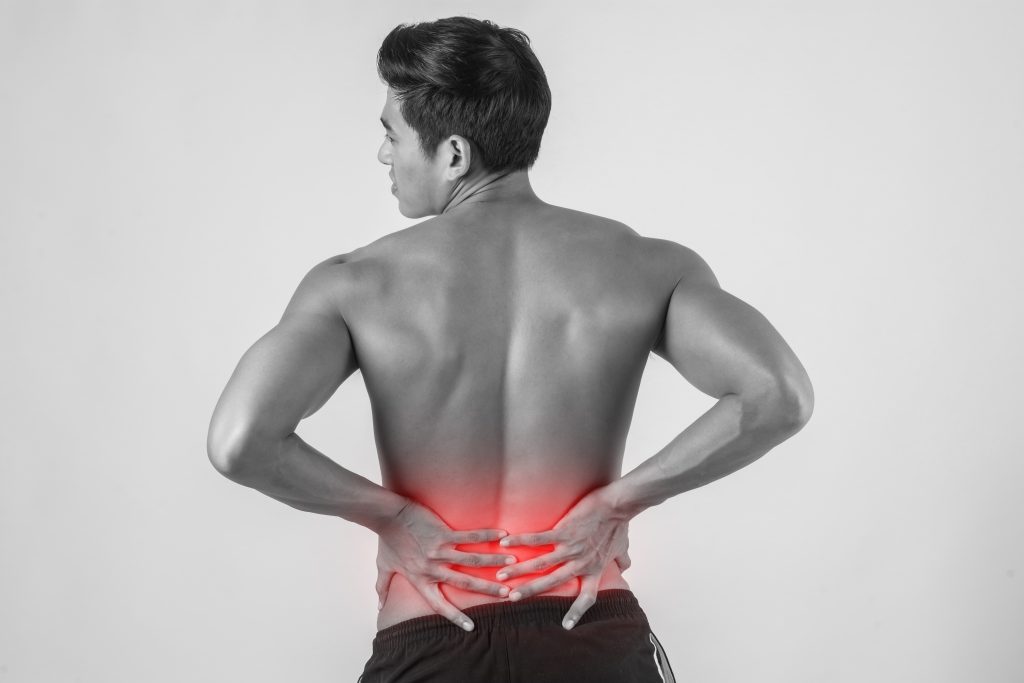What I Learned from Rupturing My Biceps: A Rehab Professional’s Perspective
June 21, 2025Red Light Therapy for Athletes: The Science Behind Faster Recovery
June 24, 2025
Let’s talk about one of the most common reasons people walk, hobble, or shuffle into our clinic: the so-called “slipped disc.” (Spoiler: it didn’t actually slip anywhere, but we get why the name stuck.)
What Actually Happens in a Disc Herniation?
Your spine is made up of bones (vertebrae) cushioned by discs—think of them as tiny shock absorbers between the bones. Sometimes, due to injury, repetitive strain, or just bad luck, the soft inner part of a disc can push out through a tear in the tougher exterior. This is what’s known as a disc herniation. It can cause pain, numbness, or tingling, especially if it presses on nearby nerves.
Common Symptoms of a Herniated Disc
- Back or neck pain
- Pain radiating down the arm or leg
- Numbness or tingling in the limbs
- Muscle weakness
Not everyone with a herniated disc has symptoms, but when they do show up, they can be anything from mildly annoying to “I can’t tie my shoes.”
How Can Chiropractic Care Help?
Chiropractic care offers several approaches for managing disc-related back pain. At Nobility Performance, one technique we use is called flexion-distraction (Cox) technique. This is a gentle, hands-on approach using a specially designed table that allows your spine to be stretched and flexed in a controlled way.
What is the Flexion-Distraction (Cox) Technique?
- Gentle & Non-Forceful: The table moves in a way that gently stretches the spine, aiming to relieve pressure on the discs and nerves.
- Evidence-Informed: Research suggests that flexion-distraction can help reduce pain and improve mobility for people with disc herniations.
- Comfort-Focused: Most people find the technique relaxing and pain-free.
What Does a Typical Session Look Like?
- Assessment: We start with a thorough assessment to understand your symptoms and goals.
- Table Time: You’ll lie comfortably on the flexion-distraction table while your chiropractor uses slow, rhythmic movements to stretch and flex your spine.
- Progress Tracking: We’ll check in regularly on your symptoms and adjust your care plan as needed.
Why This Approach?
We use the flexion-distraction technique because it’s gentle, adaptable, and has a solid body of research supporting its use for disc-related issues. It’s one of several tools we have to help people move better and feel more like themselves.
What About Recovery?
Recovery from a herniated disc is different for everyone. Some people feel better after a few sessions; others may need a longer-term plan. Our goal is always to help you get back to doing what you love—whether that’s deadlifting, running, or simply walking the dog without wincing.
Ready to Take the Next Step?
You can book your Flexion-Distraction session online, schedule a general appointment, or grab a free discovery call to chat with our team—no pressure, just honest answers and a plan that fits you.
Pro Tip:
You don’t need to wait for back pain to magically disappear. Early assessment and a personalized care plan can help you get back to your activities faster—and with less drama. Book your Flexion-Distraction session here, or reach out for a discovery call if you’re not sure where to start.

